Waterproofing old homes is essential to prevent damage from moisture and decay. Effective methods can prolong the life of the structure and maintain its value.
What Are the Best Waterproofing Methods for Old Homes?
The best waterproofing methods for old homes include foundation sealing, installation of sump pumps, and adding moisture barriers.
How Does Foundation Sealing Work?
Foundation sealing prevents water infiltration by applying waterproof coatings to the exterior of the foundation. This method creates a protective barrier that stops moisture from entering the home.
- Materials: Common sealing materials include liquid waterproofing membranes, sealants, and membranes.
- Process: The surface is cleaned, and the sealant is applied, often requiring multiple coats for effectiveness.
- Benefits: Reduces the risk of mold and mildew growth, protects structural integrity.
What Is the Role of Sump Pumps in Waterproofing?
Sump pumps play a critical role in controlling basement and crawl space moisture levels by removing excess water.
- Types: There are pedestal and submersible sump pumps, each suited for different installation environments.
- Installation: Requires a sump pit to collect water, typically installed in the lowest part of the basement.
- Efficiency: Regular maintenance is vital, including checking the pump’s operation and cleaning the sump pit.
What Are Moisture Barriers and How Are They Installed?
Moisture barriers act as a protective layer that prevents water vapor from passing through walls and floors.
- Materials: Commonly used materials include plastic sheeting, foil, and specialized vapor barrier products.
- Installation: Should be placed on the warm side of the insulation, typically during construction or major renovations.
- Effectiveness: Properly installed moisture barriers significantly reduce humidity levels inside the home.
What Maintenance Is Required for Waterproofing Systems?
Regular maintenance is essential to ensure the ongoing effectiveness of waterproofing systems.
- Inspect foundation sealing for cracks or peeling every year.
- Test sump pumps by pouring water into the pit to ensure operation.
- Check moisture barriers for tears or punctures, especially during renovations.
How Can Homeowners Identify Water Issues?
Identifying signs of water issues early is crucial to implementing effective waterproofing measures.
- Musty odors or visible mold within the home.
- Water stains on walls or ceilings.
- Increased humidity levels in basements or crawl spaces.
What Are Additional Tips for Successful Waterproofing?
Certain practices enhance the effectiveness of waterproofing old homes.
- Ensure proper drainage systems are in place around the home.
- Avoid planting trees or shrubs too close to the foundation to prevent root damage.
- Redirect downspouts away from the home’s foundation.
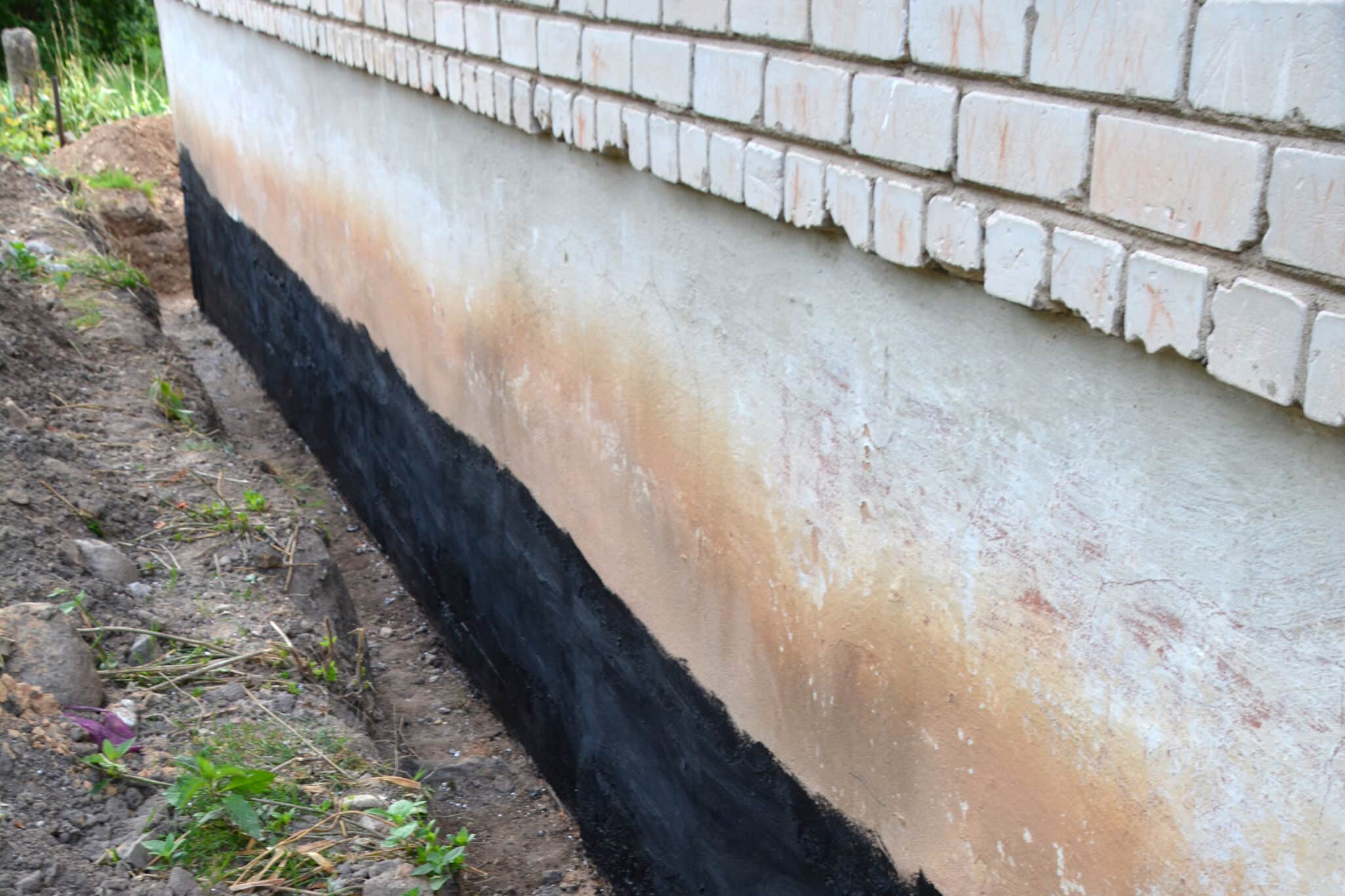
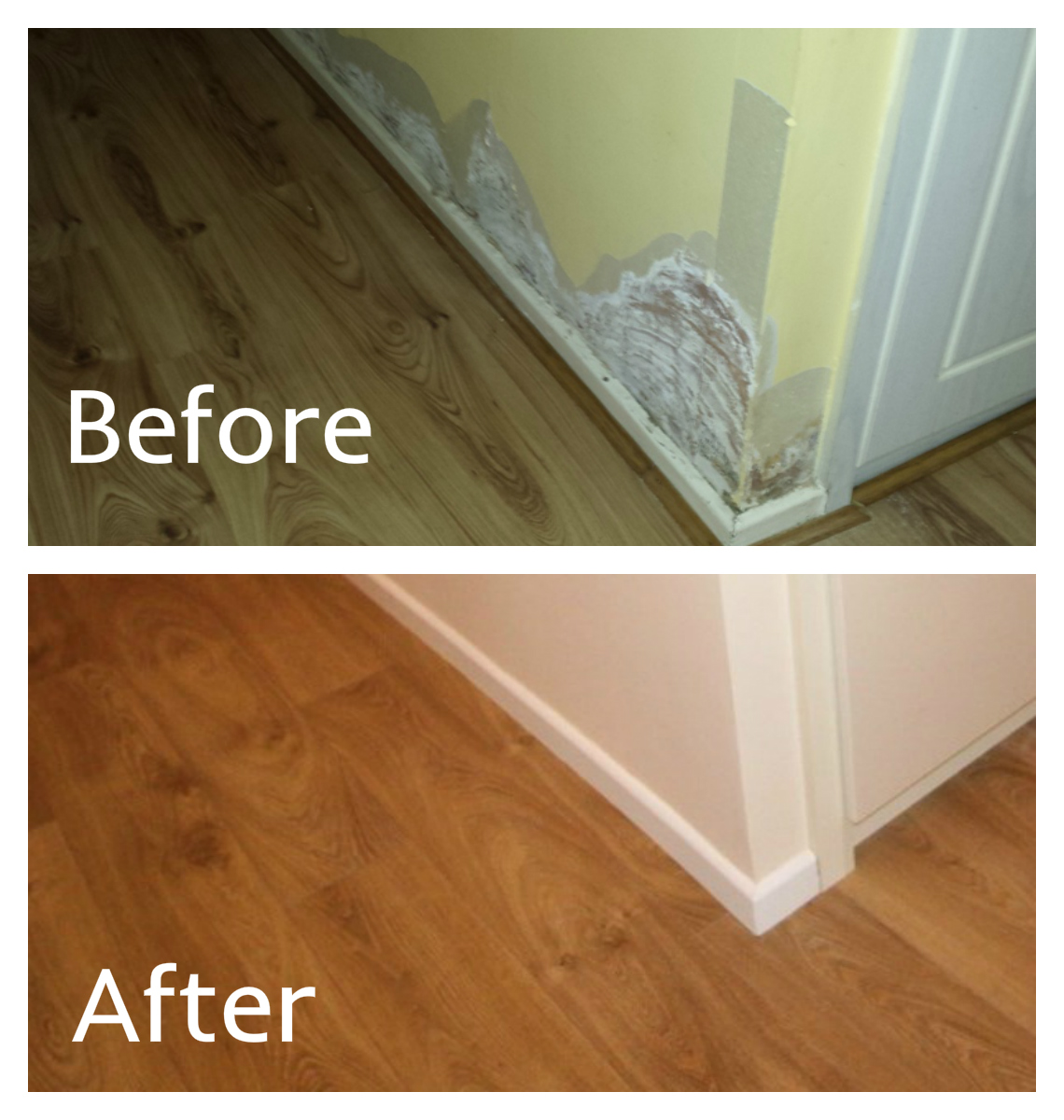


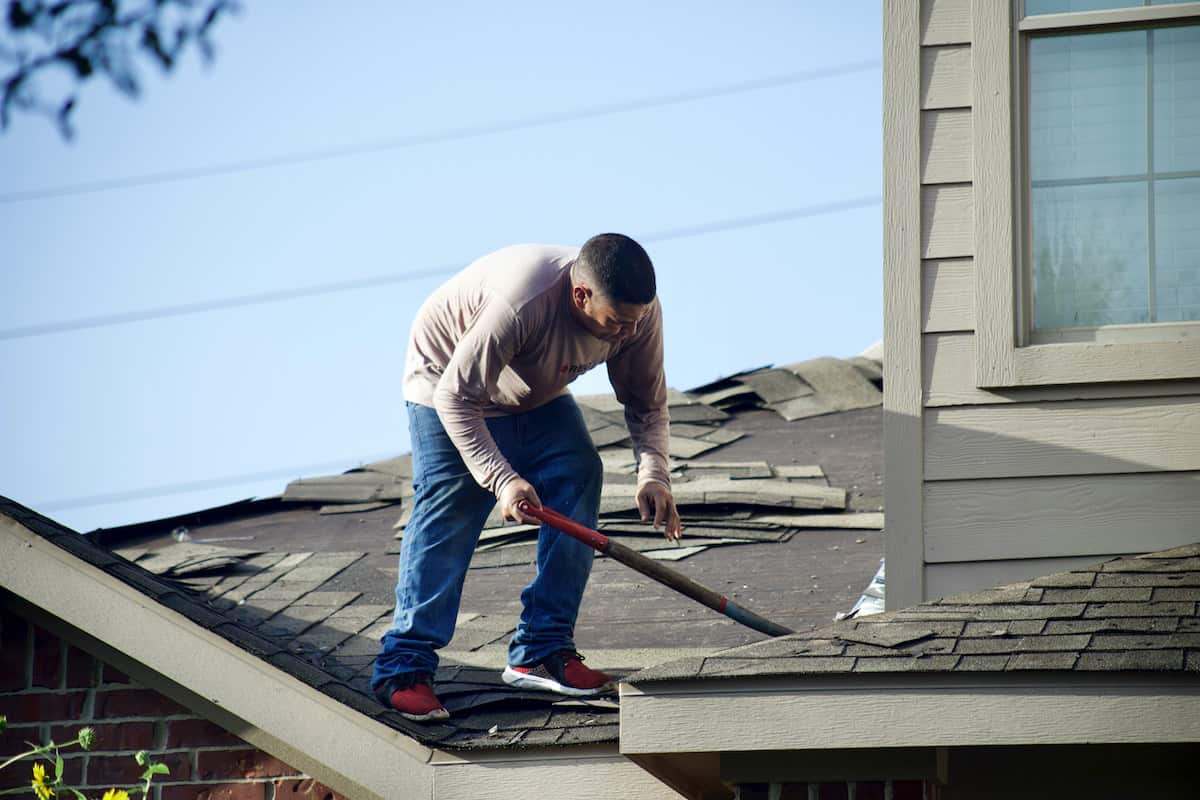


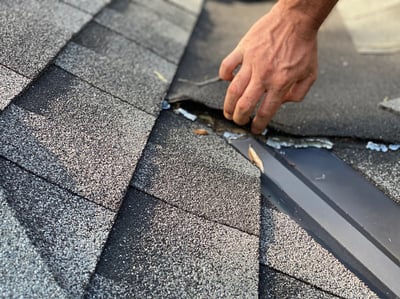

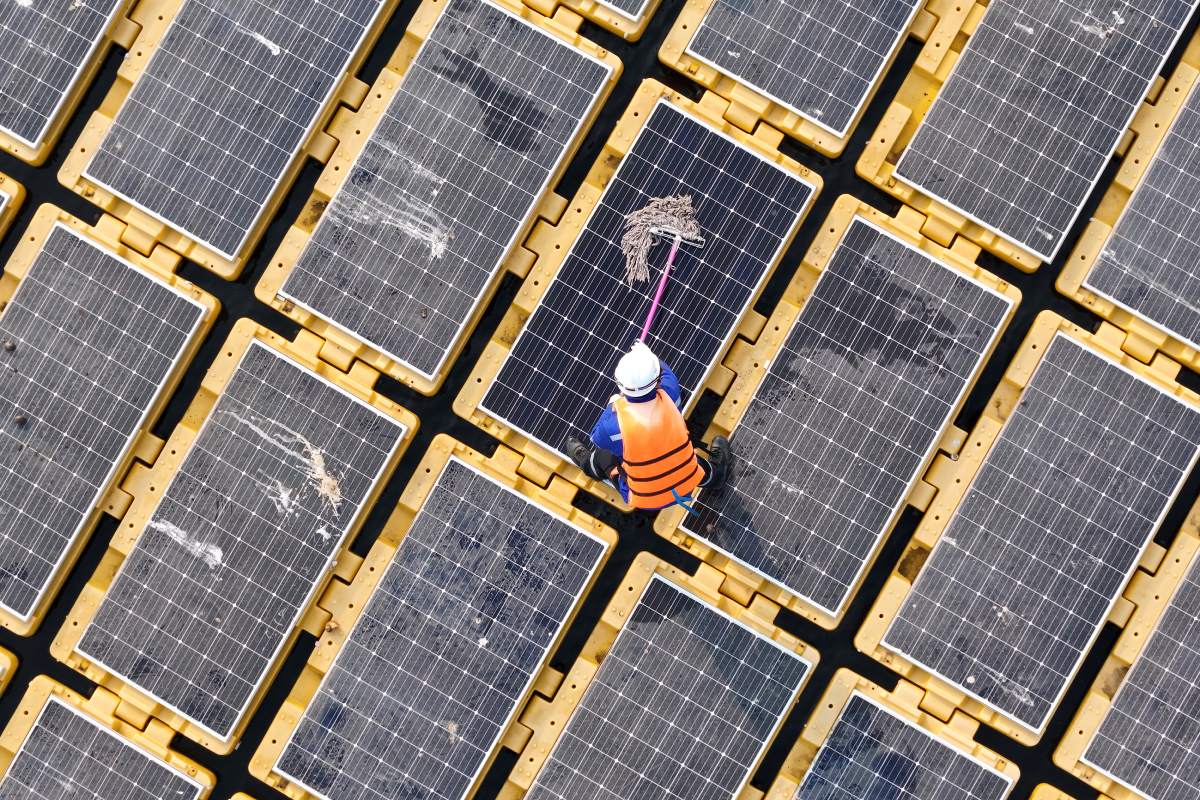


Leave a Reply